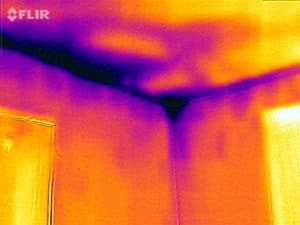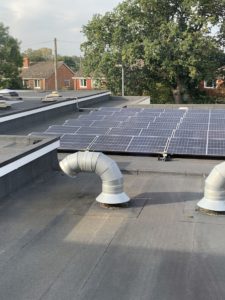
What is thermal bridging?
Thermal bridging occurs around windows, corners, or at the point where two or more building elements meet. The result is increased heat loss, reduced surface temperatures and condensation. We call this measurement the Psi Value.
The thermal bridging you get in a timber stud or mortar joint is known as ‘repeating thermal bridging’. But there can also be heat transfer at the junction of a floor, roof or corner, and around openings. This is called ‘non-repeating thermal bridging’.
How are PSI values calculated?
I use the latest modelling software, and for non-repeating thermal bridging I provide both 2D and 3D thermal bridging calculations.
Why calculate thermal bridges?
Repeat thermal bridging is measured as part of SAP and SBEM calculations, which means that you have to reduce this kind of heat loss to comply with building regulations. Measuring non-repeating thermal bridging – while not a part of SAP or SBEM – is important too and can make a big difference to your heating bills.
What else you might want to know…
Thermal bridging is a complex subject. I’d love to tell you more and suggest ways in which you can improve the detailing around the junctions in your building.




















